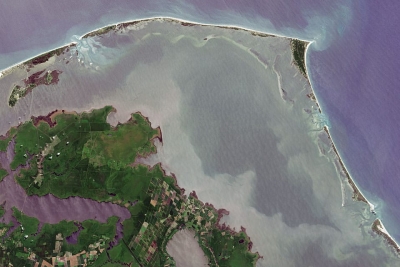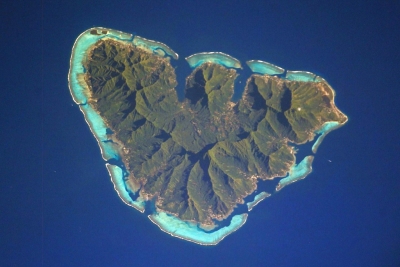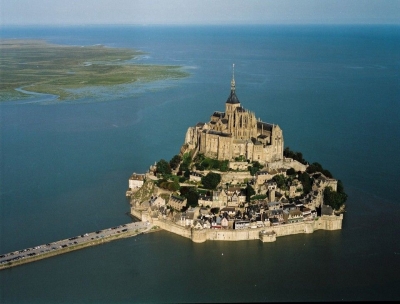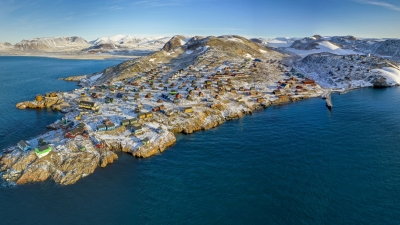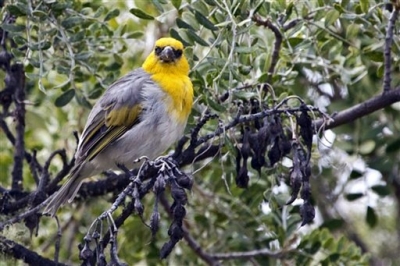Where is the longest coastline in the world?

Canada in North America has the longest coastline in the world, which is 202,080 km long, bordered by the Atlantic, Arctic, and the Pacific.
Of the entire coastline of Canada, the government has declared 5 sections to be Large Ocean Management Areas (LOMA’s). These coastline sections are protected by the government as key ecosystems for conservation, management, and planning. The 5 LOMA’s of Canada include: the Pacific North Coast, the Placentia Bay, the Eastern Scotian Shelf, the Beaufort Sea, and the Gulf of St. Lawrence.
The Pacific North Coast is of particular ecological importance and comprises nearly one-quarter of the Canadian Pacific waters. This coastal zone is home to dolphins, porpoises, sea lions, seals, and 27 whale species. In addition to these marine animals, the Pacific North Coast is also an important habitat for a number of seabirds. In fact, 80% of the global population of Cassin’s auklets inhabit this area. One of the oldest species found here is the glass sponge reefs, which date back over 9,000 years. These reefs are some of the tallest ever recorded, reaching heights equal to 5-floor buildings.
The Placentia Bay region, located off the coast of Newfoundland and Labrador, is another of the Canadian LOMA areas along the coastline. This area has been experiencing an increase in economic development, which has caused some degradation to the shore. In fact, it serves as the largest port for oil exports in the country. Additionally, this bay is home to a number of plant species, 14 marine mammal species, at least 49 bird species, and 23 fish species.
The Eastern Scotian Shelf is located off the coastline of the province of Nova Scotia. This area primarily relies on the fishing industry and petroleum exploration, which led the government to declare it an official LOMA region. Researchers have also identified a significant amount of contaminants throughout the waters. A number of marine animals inhabit the Eastern Scotian Shelf, making it an important place to concentrate conservation efforts.
Credit : World Atlas
Picture Credit : Google

